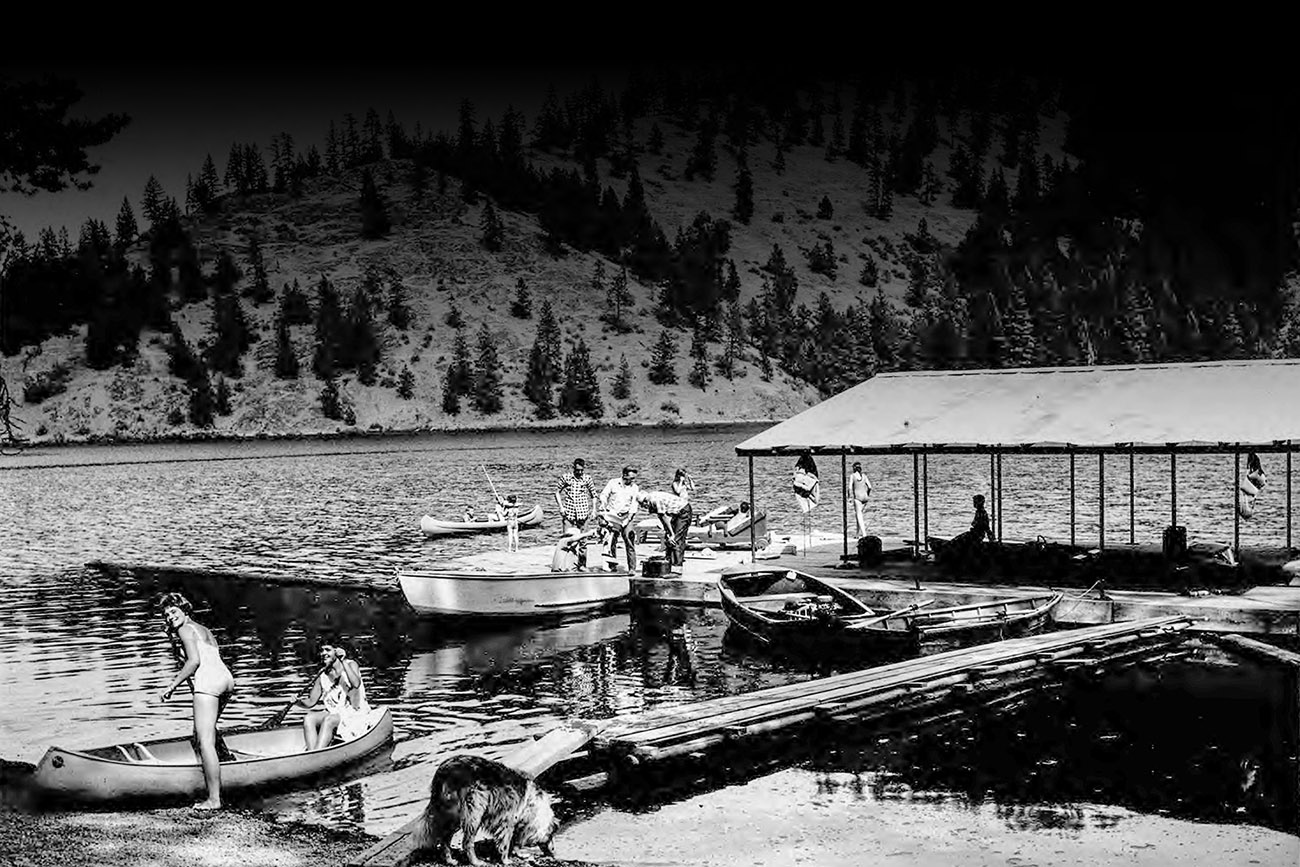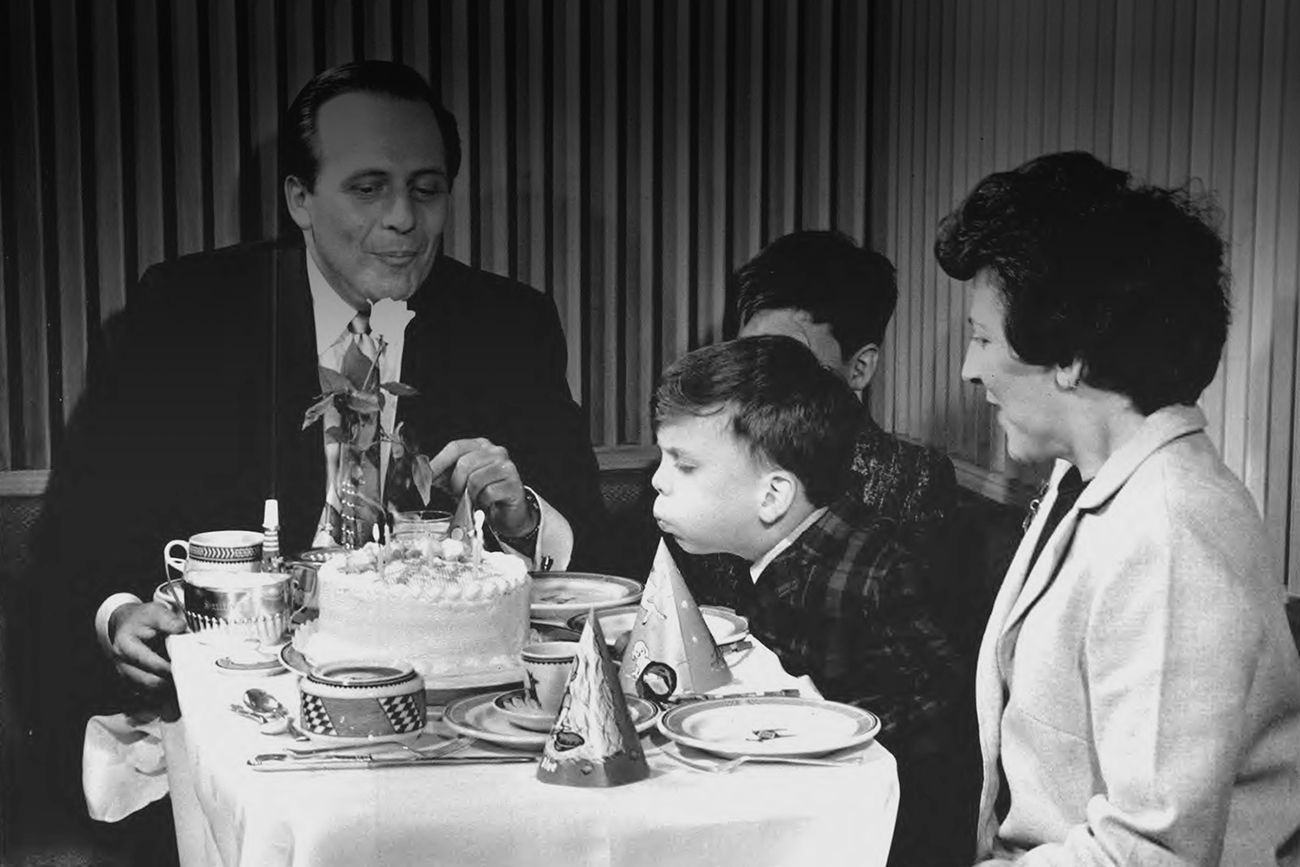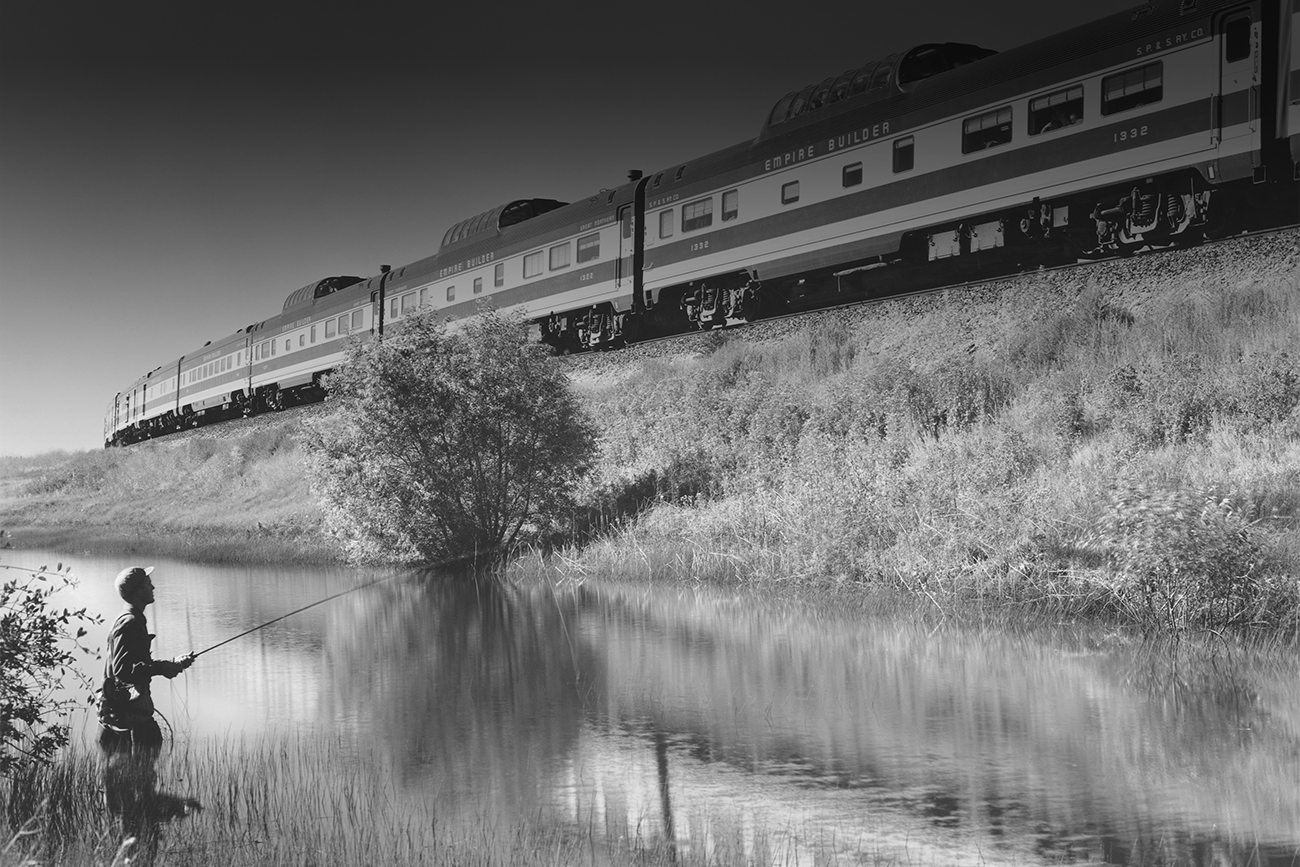Know your railroad ABCs
School may be out for summer but it’s also a great time to learn something new. Today’s lesson: Railroad ABCs.
The rail industry has its own unique vernacular that has developed over nearly 200 years and is used by railroaders and railfans alike—so we’ve curated an industry-specific alphabet just for you! Some may still be in use today while others are outdated, but for rail enthusiasts, here are 26 historically rich railroad terms to add to your vocabulary this summer:
A is for Articulated
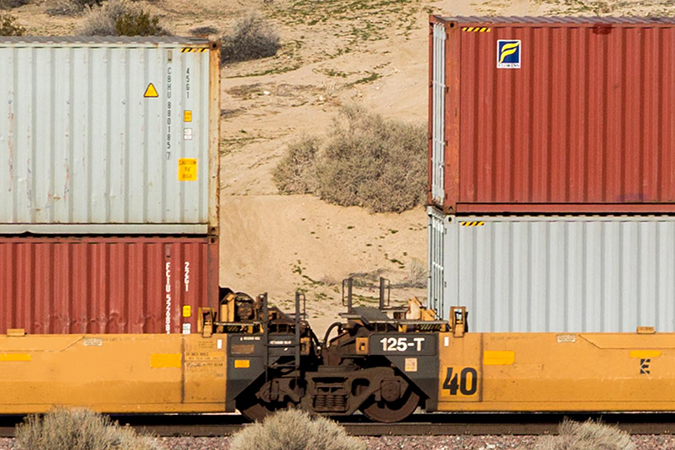
Trains that have permanently connected multiple-unity cars are known as articulated. The term articulated distinguishes these rail cars from those that can be readily uncoupled. The longest rail cars BNSF uses are articulated and can be as long as 445 feet.
B is for Beans
Beans on the railroad means it’s time to eat! Beans refers to a meal period and coincidingly, restaurants are known as beaneries. Example: “Time for beans.”
C is for Cog
A cog railroad is used for traversing incredible grades—not the kind you see on report cards— but the steep inclines or descents that trains often encounter in mountainous regions. A cog railroad has a “rack rail” that is centered onto the track. Trains can climb these steep grades with the help of a cog wheel that is retrofitted to the train. Like gearing, the toothed wheels run between the rails, interlocking with the rack rail and thus result in a successful climb or trek.
D is for Diamond

A diamond is not the shiny rock variety, but where two railroad lines cross at level grade. The track structure within the crossing forms a diamond shape.
E is for Eagle Eye
Locomotive engineers have been historically known as eagle eyes. We suspect it has to do with the preciseness of a locomotive engineer in the same way an eagle has precise vision. They keep a sharp eye out for hazards ahead of the train, helping our railroads remain safe.
F is for Frog
Some say it’s the shape, others believe it’s the croaking sound that gives it its name. Either way, there is no debating that a frog in railroad terminology is the mechanical switch that enables train wheels to cross from one track onto another at a crossing point of two rails.
G is for Gandy Dancer
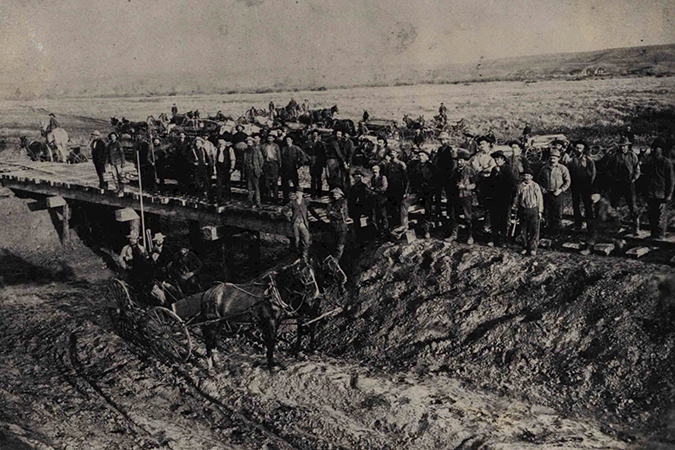
A gandy dancer was a track laborer. Legend has it that the name was derived from the tools made for track work by the “Gandy Manufacturing Company” or “Gandy Tool Company,” though historians have yet to find any archival record of the company’s existence. However, we found in our BNSF archives another plausible explanation: that gandy was the slang term for a dormitory rail car used by these track laborers, possibly derived from the name of a similar rail car used by French railroads. Some have suggested that the “dancers” part of the term describes their synchronous movements as they worked in unison to set railroad track.
H is for Hand Shoes
Hand shoes is another word for -- you guessed it -- gloves! Hand shoes are important Personal Protective Equipment (PPE) that our employees wear to protect their hands and fingers while at work.
I is for In the Hole
“In the hole” is a phrase used to describe when a train is sitting in a siding waiting for another, higher-priority train to pass.
J is for Jib
Jib is railroad slang for a derrick, boom or crane, used to load heavy freight onto rail cars.
K is for Knuckle
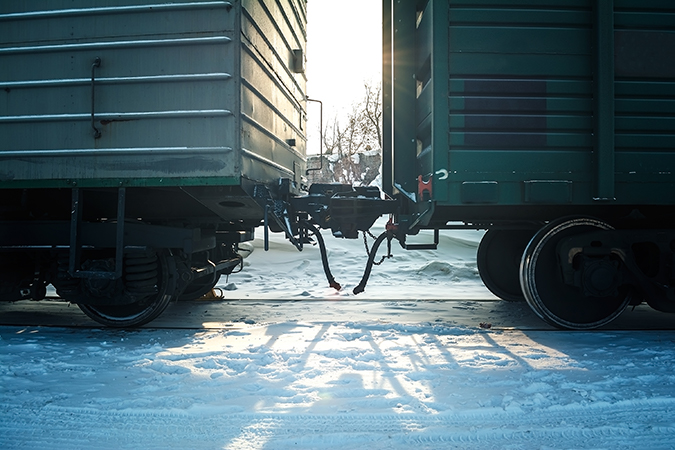
Similar to the purpose and functions of the ones on your hand, a knuckle is the moveable part of the mechanism that connects train cars and rail equipment together.
L is for Light Engine
A light engine is a locomotive, or multiple locomotives, traveling with no railcars attached.
M is for Mother and Slug
A slug— a vehicle used for moving trains that has traction motors and added weight—can’t generate power on its own because it doesn’t have a prime mover. Therefore, it must operate with a “mother” unit. Together, a slug and a locomotive make up what is known as a mother-slug set.
N is for Near-Dock
An intermodal facility within close proximity to a port where waterborne containers are drayed (trucked) a short distance to an inland intermodal facility.
O is for OS
The term OS stands for “on-sheet;” it is a term used by train dispatchers to document reports of trains passing a specific location. OS is also used to describe the segment of track between opposing signals in a control point within Centralized Traffic Control. Example: “The BNSF 1234 has OS’ed through Bess.”
P is for Piggyback
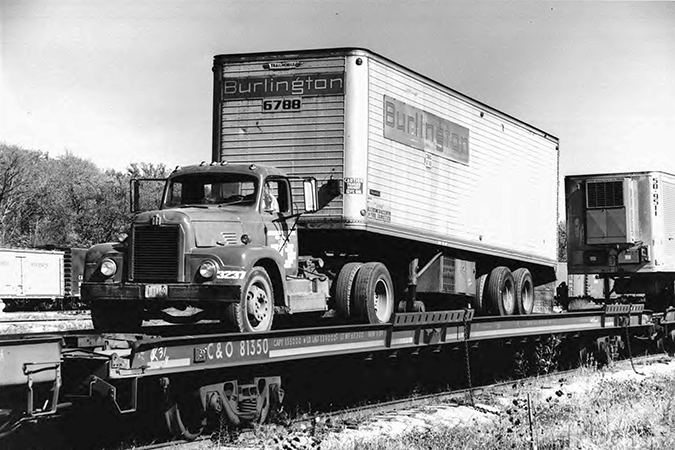
“Piggyback” is the transportation of truck trailers on railroad flat cars. In the 1950s, Santa Fe Railway, a BNSF predecessor, was a pioneer of this transportation method, now evolved and called intermodal.
Q is for Q-Train
At BNSF, “Q” is one of about 20 train symbols we use internally to identify the type of train. “Q” is for a guaranteed intermodal service train.
R is for Reefer
A reefer on the railroad is a refrigerator car. (Phew, what a tongue twister). Reefer cars have insulated walls, floors, and roofs for carrying commodities that need cooling in transit. There were two major types: those that depended on ice for cooling and those that are cooled by diesel-powered mechanical refrigerating equipment. The latter method used in modern cars are constantly monitored for temperature using telemetry.
S is for Shoo-fly
You might’ve heard someone use the phrase “shoo, fly” to address the buzzing of the irritating insect, but did you know that a shoo-fly is also a railroad term for a by-pass track? Shoo-flies are constructed around a derailment or construction project to allow trains the ability to pass while the original track is obstructed or being rebuilt.
T is for Trainmaster
An official in charge of the trains operating in a designated territory of the railroad. A trainmaster’s primary duty is overseeing the safe arrival and departure of trains in and out of their terminal(s).
U is for Unit Train
Unit Trains are trains that transport a single commodity using the same types of freight car, like hoppers or tank cars. BNSF's dedicated unit train service is the most efficient and economical way to move high volumes of single commodities from a single origin to a single destination. We do this with grain, coal, sand and a few other commodities.
V is for Velocity
At BNSF we define velocity as the average speed a railcar, or locomotive, travels per day. Velocity is a measure of efficiency.
W is for Wye
A wye is an arrangement of tracks were three lines meet that forms a "Y" shape. These tracks allow trains to be turned in the opposite direction.
X is for X-ing
Also known as a crossbuck, railroad X-ing traffic signs are incredibly important for your safety. When near railroad tracks, remember the information below:
- Always expect a train — freight trains do not run on set schedules. Trains run on any track in either direction at any time.
- Remember that trains can’t swerve out of the way.
- A train traveling 55 mph can take up to a mile to stop after the emergency break has been applied.
- Don’t ignore warnings such as flashing lights, bells, and gates that activate, even if you don’t see a train.
- Beware of an optical illusion in which trains appear to move much slower than they actually are.
Y is for Yard
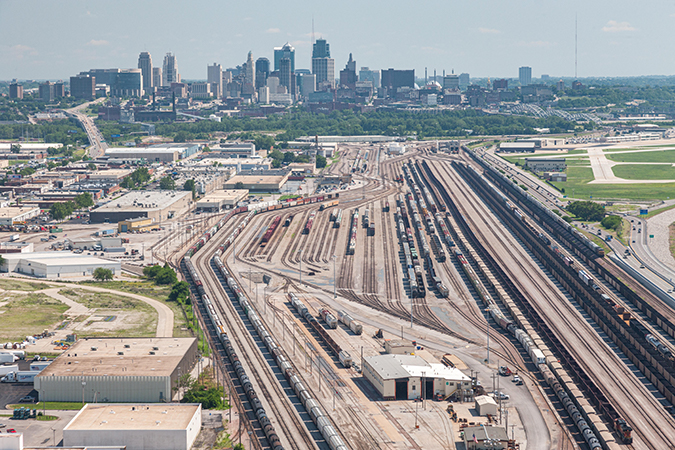
A yard is a complex series of railroad tracks for storing, sorting or loading and unloading railroad cars and locomotives.
Z Is for Z-Train
At BNSF, the Z is the train symbol used internally to classify our high-priority intermodal trains. Z trains carry our most time-sensitive freight like packages generated by the latest online shopping sprees!
Did You Know?
Sources:
BNSF employees and archives
Dictionary by Merriam-Webster.
Online Etymology Dictionary: Origin, history and meaning of English words.
Railroad Glossary: Terms, Slang, And Definitions.
Railroading Glossary: TRAINS Magazine.
